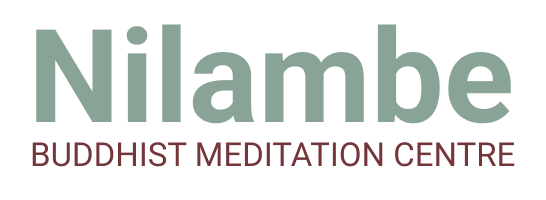Meditation Retreat
Objective of a Meditation Retreat Meditation is to identify, propagate and develop the good spiritual qualities and abilities within us. Those good spiritual abilities and qualities help us to live happily and peacefully and to guide others to do so as well. We have to be properly trained for this. Meditation does not happen automatically. You have to be trained with effort. There are three steps for this. First one is to know, we should be able to differentiate between what should be done and what should be avoided. This is what is called ‘Pajanathi’ in Pali language. The Sathipattana Sutta which is considered as the hand book for meditation and used by almost everybody for meditation is structured in this manner. The first step in that is ‘pajanathi’ – to know. We should know what is to be done. Therefore by a meditation class or a meditation retreat, the first thing to be considered is what is meditation? Why should we meditate? How should we meditate? We should know all these. To know is an acquired knowledge may be from a book or a teacher. Without that basic knowledge and background, the totality of meditation would neither be achieved by anybody nor could anybody meditate properly. May be, you could learn a small aspect of meditation and continue on that, but that will not give you the enormous benefits that could be derived from Buddhist meditation and the transformation within, will not happen. The importance of a Meditation Centre We know whether we live in a town or a village, the environment of a meditation centre is different to that of both the town and the village. One aspect is: it is isolated from the society. Therefore the hustle bustle of the society, the busyness and the loudness is not usually found in a meditation centre. Another aspect is: usually a meditation centre is located either within a forest or on a hilltop, or in a cave, which are considered to be very natural environments. But when compared with the usual lifestyle in a society, the environment of a meditation centre is very artificial. The busyness, loudness and impatience found in normal society is not found there. Therefore, a meditation centre is an artificial place within a natural environment. Then a question arises, why do we need such a place? Such a place is required for the initial step. The Sathipattana sutta mentions 3 steps. First is to know what should be done, which is learnt from a teacher, or a spiritual teacher or a Kalyanamitta. But you cannot meditate only with that knowledge. You need to be trained. Therefore, within a meditation centre the main thing that happens is this second step, the training. In Sathipattana sutta this is called ‘Sikkhati’. First you get to know what should be done and then you get trained on how it should be done. There would be a time table for such training. According to that, you have to get up, join the group meditation, have the meals at the designated times. Also you have to abide by the rules and regulations of each meditation centre. With all these, we try to be trained on how to develop a new way of living, different from the usual day to day life. This is similar to be trained how to swim in a swimming pool. The swimming pool is artificial, the water is artificial, it is just a training and that is all. Similarly, we train ourselves how to develop good spiritual qualities and abilities there. When we obey such an artificial discipline according to a time table for some time, we get trained not only for the time table but also how to be mindful, how to be in this moment, and to be attentive to the actions, also to be concerned about the others. Leaving aside our likes and dislikes, we tend to determine the importance of the action that we have to perform at that moment and do so accordingly. We are able to be trained on these areas at a meditation centre. However we should continue to the 3rd step after such training, which is named as ‘viharathi’ in Sathipattana Sutta. Learn from a teacher, and then train yourself at a meditation centre, then you must live accordingly. ‘viharathi’ means to live. You should live accordingly. Therefore there is something more to do once we leave the centre. We have something to do in our busy, impatient life outside the centre. That is the 3rd step. Actually if somebody wants to be enlightened, that could happen only in this last step not in the 1st or the 2nd.
Read More